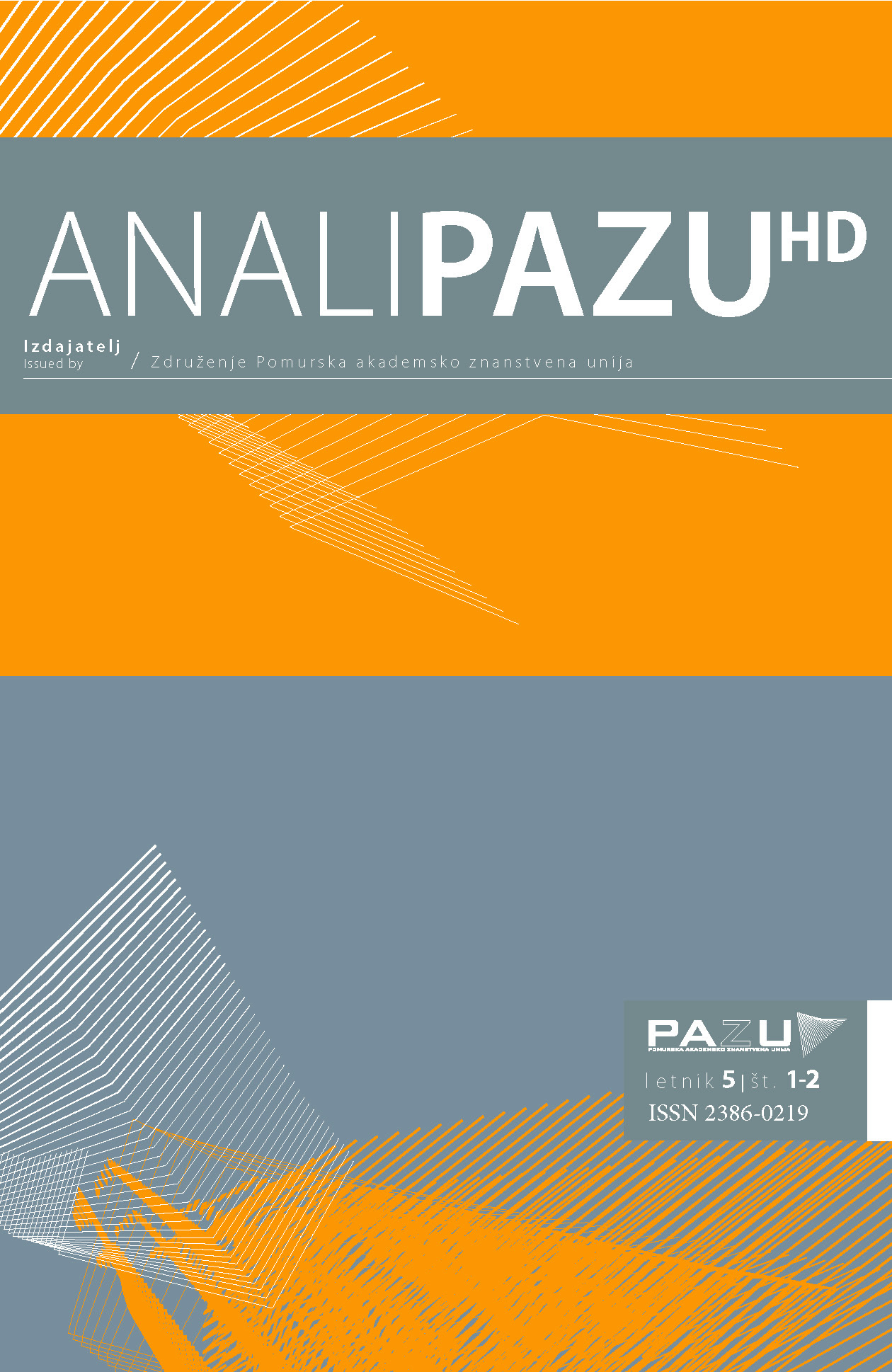Vračanje proizvodnje v Evropo – mit ali resnica?
DOI:
https://doi.org/10.18690/analipazuhd.5.1-2.1-18.2019Ključne besede:
vračanje proizvodnje, selitev proizvodnje, motivi, proizvodno podjetje, Evropska raziskava o proizvodnih dejavnostihPovzetek
Vračanje predhodno preseljene proizvodnje v tujino nazaj v matične države postaja vse bolj pomembna tema političnih in akademskih razprav. Kljub temu empirični dokazi o vračanju proizvodnje še vedno obstajajo predvsem v obliki študij primerov. V prispevku so predstavljeni empirični dokazi o vračanju proizvodnje iz velikega vzorca evropskih proizvodnih podjetij. Podatki kažejo, da je vračanje proizvodnje v evropskih podjetjih še vedno precej redek pojav. Približno 4 % vseh podjetij v našem vzorcu je v obdobju od 2013 do 2015 vrnilo proizvodnjo v matično državo. Najpogostejši razlogi za nezadovoljstvo so izguba fleksibilnosti, izguba ustrezne kakovosti izdelkov, proizvedenih v tujini, in nezasedene kapacitete doma. Fleksibilnost in težave s kakovostjo so zlasti pomembni za podjetja, ki vračajo proizvodnjo iz azijskih držav. Vračanje proizvodnje je najbolj pogosto pri proizvajalcih končnih izdelkov iz v visoko tehnoloških sektorjih, še zlasti na področju električne opreme, informacijske in komunikacijske opreme ter avtomobilske industrije.
